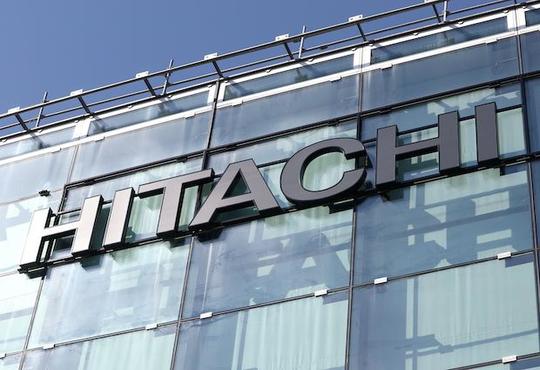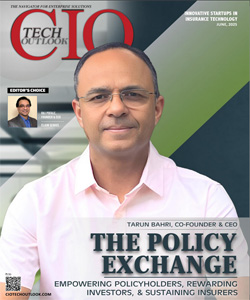Hitachi acquisition of GlobalLogic a knock up for Indian E&RD segment
CIOReviewIndia Team | Thursday, 01 April 2021, 05:11 IST
 In 2015, the National Association of Software and Services Organizations (Nasscom) and McKinsey had anticipated that the Indian technology services industry could well be a $300-350 billion industry, that target appeared to be under serious evaluation as Covid-19 struck and the industry battled for growth.
In 2015, the National Association of Software and Services Organizations (Nasscom) and McKinsey had anticipated that the Indian technology services industry could well be a $300-350 billion industry, that target appeared to be under serious evaluation as Covid-19 struck and the industry battled for growth.
But as industries across the world saw a rapid increase in digitization, technology-driven Organizations are now leading the path to a faster recovery globally, with Indian IT players back to enormous large deals.
As per a report by McKinsey & Organization for Nasscom titled ‘Future of Technology Services-Winning in this decade’, tech spending is only going to be intensified in the next decade.
The report features that India's technology services industry could accelerate growth by 2-4 per cent over the next five years, reaching $300-350 billion in annual revenues if it can win in the cloud, AI, cybersecurity, and other emerging technologies. This will require closer collaboration among stakeholders across the private sector, academia, and the government.
“We are anticipating a significant increase in tech intensity. On an average enterprises spend 3 per cent of their revenue on tech, this is expected to go upto 5 per cent in next decade. That is a huge jump globally. This also means that the opportunity gets newamplified,” stated Noshir Kaka, senior partner and global leader, TMT practice, McKinsey & Company.
Kaka highlighted that though a lot is changing, the market share will depend on how evolved and alert are the Organizations to be part of the opportunity.
“First, ecosystems and direct-to-stakeholders are going to account to 20-40 per cent of end-client revenue that will drive $150-200 billion tech spend. But to be able to partake this share companies will need to have a different go to market strategy,” he stated.
The cloud, AI and digital services is required to be a $600-700 billion opportunity. Hyperscalers and SaaS players to capture or impact nearly 50 percent of future technology services and cloud spending in the years ahead, and all of these will demand change in delivery models, a piece of transformation is already happening with Covid making hybrid workforce a reality.
When it comes to the digital play, Kaka stated that 60 per cent of digital deals are about legacy transformation, “So those who understand the legacy tech will only win in the digital transformation shift.”
The only thing that stops the Indian technology services to achieve this target is the availability of digital skills. Debjani Ghosh, president, Nasscom told that the only aspect that can make-or-break India achieving this target is the right skills. While India has the largest pool of talent in STEM category, when it comes to digital skills the numbers do not match the demand.
“The rough number f talent with digital skills is around 1-1.17 million. But that has to grow faster. Demand for these jobs is growing at 34 - 38 per cent CAGR, but supply is growing at 30 per cent CAGR. For instance the demand for talent in digital category like AI, robotics the demand is 8x and if nothing changes on ground this will only grow,” stated Ghosh.
Being esteemed at roughly $1 trillion yesterday, the technology services sector is currently among the most significant contributors to economic growth worldwide, especially in India—the industry now produces about 27 percent of the nation's exports and gives livelihoods to about 4.4 million people. Despite this, players across the area face challenges like driving growth in revenue per employee and furnishing them with digital skills.
However, with the government playing a more significant role in digital services, increased investment and innovation, and the ascent of regional power centers dominated by local players, businesses and the industry will see a following transformation in the next decade




